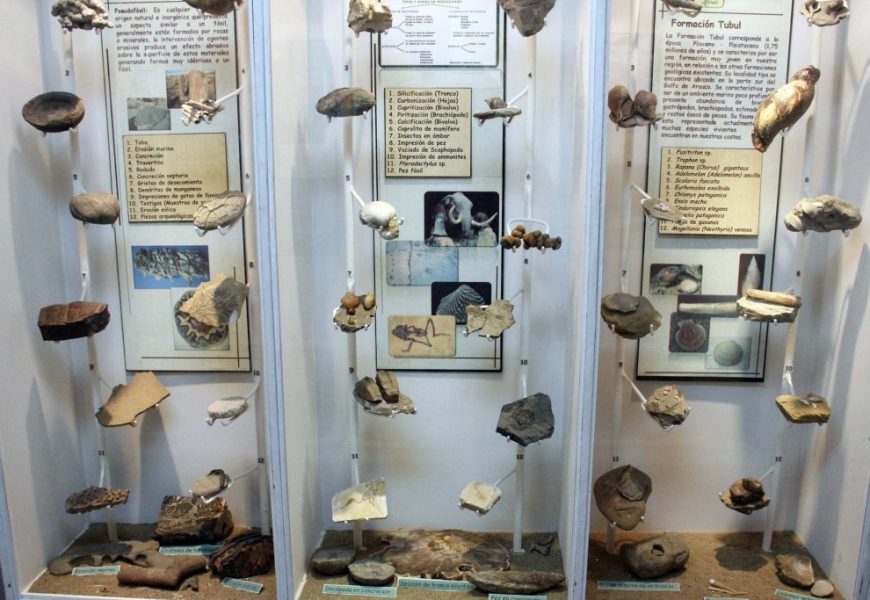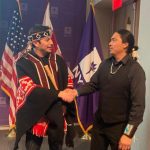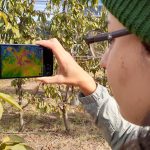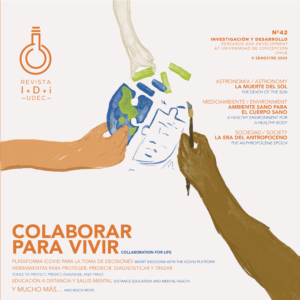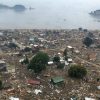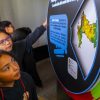By: Iván Tobar, journalist VRID UdeC / ivtobar@udec.cl | Images: Department of Earth Sciences
Paleontology is the science that studies fossils. Fossils are evidence of past life, plant, or animal, with organic structure, recorded in rocks. It is a field of knowledge in which professionals from diverse fields, mainly Biology and Geology, can specialize.
The history of paleontology at a national level is interwoven with the development of this science at our University under Professor Lajos Biró-Bagóczky. His legacy includes, among other milestones, the foundation of the Department of Earth Sciences and the beginning of the collections that, over time, would form the basis of the current UdeC Geological Museum that bears his name.
Biró-Bagóczky was a Hungarian geologist and paleontologist who arrived in Chile in 1959 and was hired by the then Central Institute of Biology of UdeC in 1965. In 1972, he presented to the then Superior Council the project of forming the Department of Geology and Paleontology, now the Department of Earth Sciences.
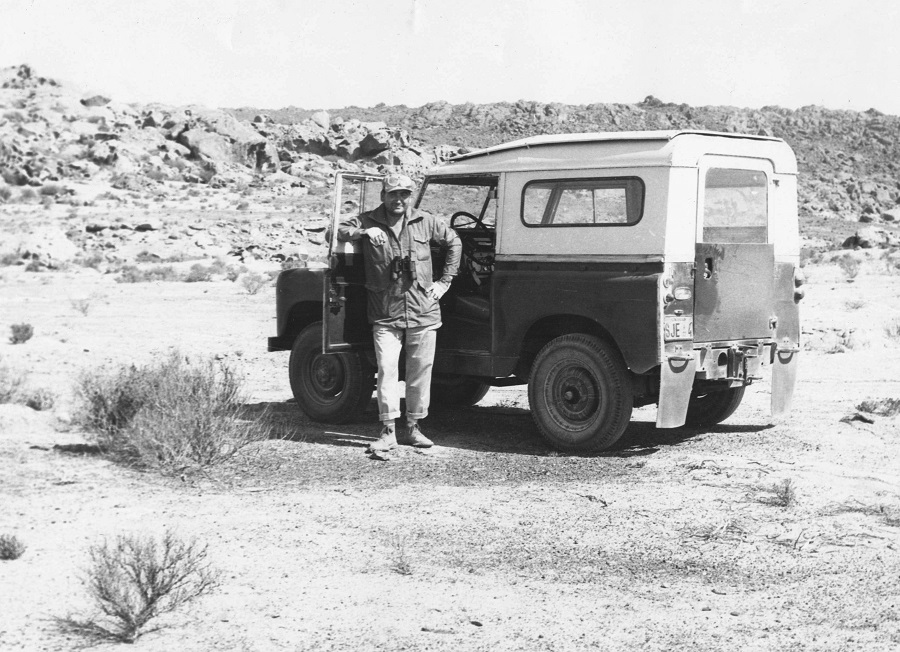
He died in August 1993, and part of his academic legacy at the University includes a paleontological library and a collection with 20,000 fossils. In addition, he left important contributions to the knowledge of Paleontology in Chile, with publications from the localities of Lo Valdés, Baños del Flaco, Tubul, and Quiriquina Island, among others.
With the arrival of Professor Biró, paleontology developed at the regional level. His main scientific legacy is to have formally proposed the name of the ‘Quiriquina Formation,’ a world-renowned geological formation of the Late Cretaceous period for its important fossiliferous content of fauna, primarily mollusks, and vertebrates, which renowned foreign researchers have studied. The collection of the Quiriquina Formation has 3,550 species in the University’s Geological Museum.
Dissemination of new knowledge
In 2008, the Chilean Association of Paleontology (AChP) was founded to help protect the country’s paleontological heritage and is the heir to a long scientific tradition.
One of its founding members and a referential figure of this area in our country is Professor Sylvia Palma Heldt, biologist-paleontologist, who, being a disciple of Professor Biró, continues the line of teaching and research in paleontology. Her specialty is paleobotany, with an emphasis on paleopalynology, which, she explains, is “the study of fossil spores and pollen grains contained in rocks that indicate environments and climates of the past. Years of research in the subject generated the Department’s Paleopalinotheca, with more than 3,000 palynological samples of south-central Chile, the Arauco Basin, and insular Antarctic territory.”
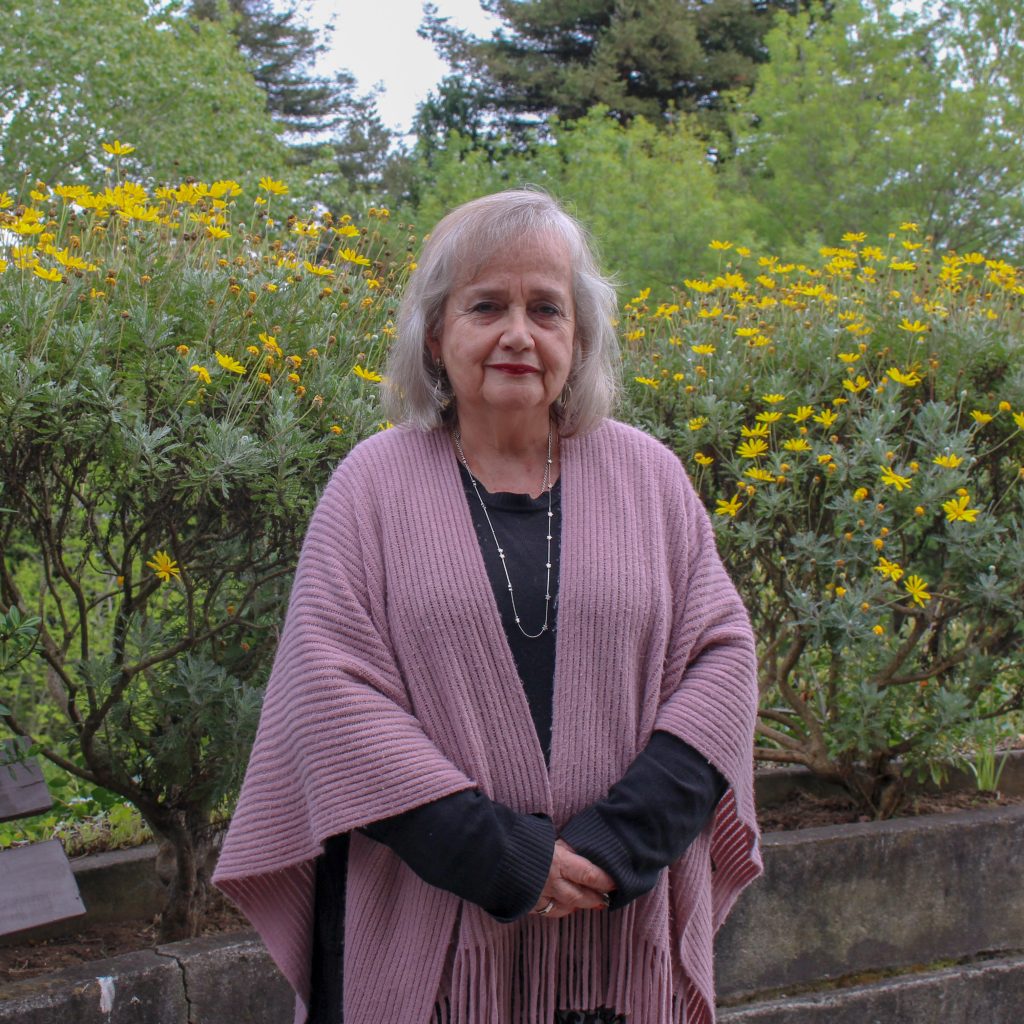
“In parallel with the incorporation of geologist Luis Arturo Quinzio, the development of Invertebrate Paleontology continued, with an emphasis on mollusks and regional geology,” Professor Palma mentions. “For years, the different lines of paleontology have been the subjects of memoirs or undergraduate theses,” the academic explains, adding that “doctoral theses have also been written on related topics, including that of Christian Salazar, a geologist-paleontologist, who continued the studies carried out by Professor Biró in the town of Lo Valdés, incorporating nearly 500 fossil species of mollusks into the Geological Museum.”
Another example is the doctoral thesis in Geological Sciences UdeC of geologist Andrés Solórzano, who referenced a new species of vertebrate named Protypotherium concepcionensis in recognition of our university’s centenary. One of the most striking points of this work is that it provides crucial insights into the relationship between landscapes and the evolution of the animal species that inhabit them.
The geological museum and its 20,000 fossils have completed the development of paleontology at the university. The museum aims to strengthen undergraduate and postgraduate teaching, which is complemented by rock and mineral collections. Gerardo Flores, the museum curator, highlights that “with the opening of the current exhibition halls in 2009, we received delegations of students from the region and the general public, around 4,000 people.”
The museum is free of charge and offers guided tours. Flores says, “The tours generate an expository discourse oriented to the knowledge of fossils, minerals, and rocks and illustrate the evolutionary processes and dynamics of our planet related to geological processes.” Professor Palma adds, “Geology students monitor the guided tours.”
The expert says that “paleontology has seen an explosive development in Chile in the last 20 years, the most striking being the findings of marine reptiles, gliding reptiles, and the well-known dinosaurs. Not to mention numerous mollusks such as ammonites as well as vegetables, which are true thermometers of the past’s climate.”
“It is a science in continuous expansion since there is a lot to be discovered in our country,” she concludes.
Last modified: 3 de septiembre de 2025
